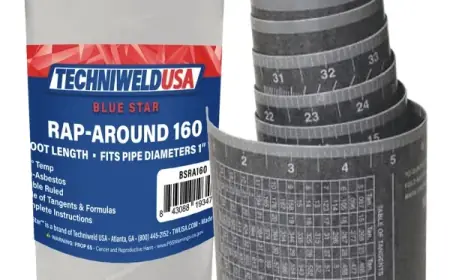Understanding Basement Flooding: Causes, Vulnerabilities, and Why You Shouldn’t DIY the Cleanup

Flooding is one of the leading causes of home damage in the U.S., and when it hits, basements take the brunt. Understanding why this happens, what causes these floods, and how to respond can save homeowners a lot of stress—and money.
Top Causes of Flooding
Water can flood a home in many ways, including:
-
Intense rainfall that exceeds drainage capacity
-
Snowmelt that soaks the ground around your home
-
Plumbing issues like burst pipes or leaking appliances
-
Blocked or overwhelmed sewer systems
-
Improperly sloped yards that direct water toward the foundation
In each of these cases, water naturally flows down—right into the basement.
Why Basements Are the First to Flood
Being the lowest point in a home, basements are vulnerable by design. Here’s why:
-
Water from outside pushes against basement walls, looking for entry points
-
Cracks in foundations allow moisture to seep in
-
Poor drainage or missing sump pumps worsen the problem
-
Items stored in basements are often forgotten and easily damaged
Basements also have limited airflow, which slows down drying and increases the risk of mold.
Why Professional Services Are the Smart Choice
After a flood, many homeowners are tempted to clean up themselves. But this can lead to bigger problems later. Water that looks gone can still be hiding in walls or floors.
Professionals like Rapid Dry St. Louis use advanced tools to fully extract water, dry hidden moisture, and disinfect the area. They handle every part of the process—from emergency response to final restoration—ensuring no detail is missed.
DIY cleanups can’t match professional efficiency, safety, or thoroughness. If your basement is flooded, don’t wait—call in experts who know how to restore your home right.
What's Your Reaction?
 Like
0
Like
0
 Dislike
0
Dislike
0
 Love
0
Love
0
 Funny
0
Funny
0
 Angry
0
Angry
0
 Sad
0
Sad
0
 Wow
0
Wow
0
















































